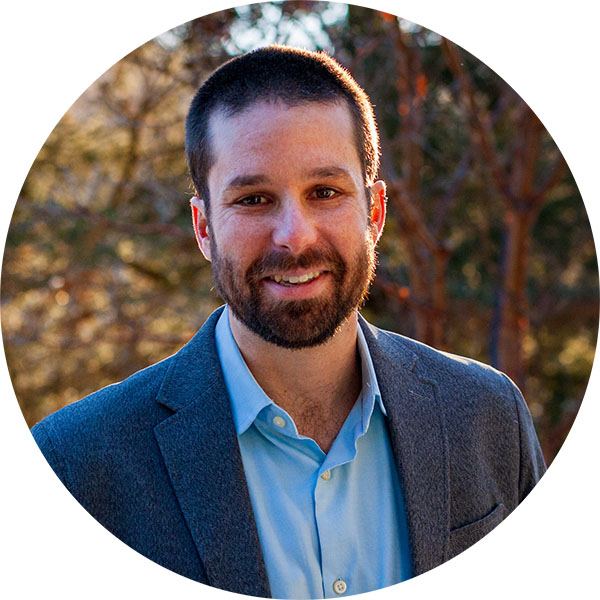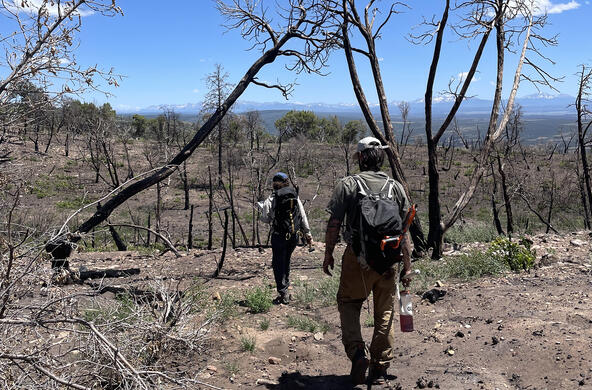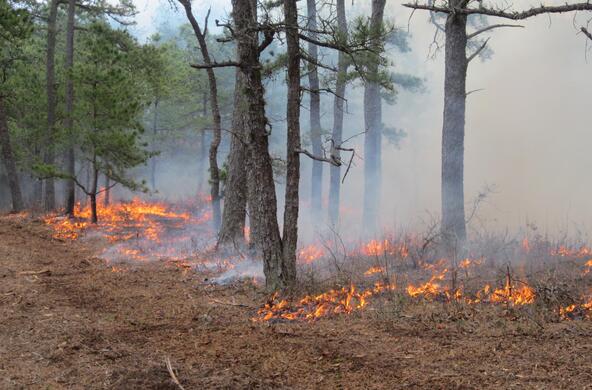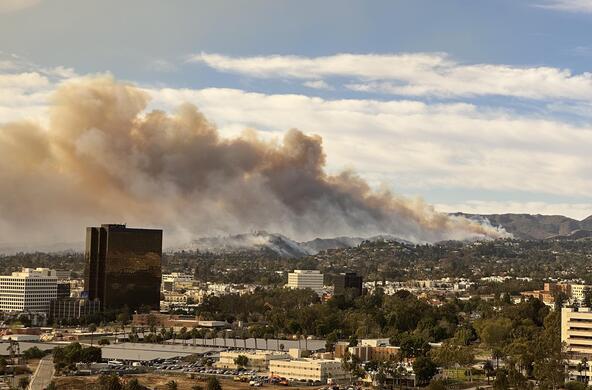This month, New York City has suffered its worst air quality on record, and among the worst air quality of anywhere on Earth, as smoke from massive Canadian wildfires poured in.
Smoke shrouded the landscape, dimming the sun, irritating eyes and lungs, and giving us yet another reason to don KN95s. Governors advised schools to cancel outdoor activities; Broadway plays and Yankee games have been postponed. It is unprecedented.
Until now, people in the Northeastern U.S. have been insulated from the effects of the fire crisis unfolding across much of North America. This has made it challenging to convey to them the gravity of the unfolding fire crisis to East Coast audiences. But there is nothing like experience to make something more relatable.
The hard truth is that current conditions indicate what is to come with climate change. I was born and raised in fire country in Bozeman, Mont. Throughout my lifetime, I’ve only seen conditions deteriorate. Canada is on track for its worst fire season on record, due to drought. In the western U.S., where burned area has increased 1,320 percent since 1984, all the science indicates that fire activity will continue to accelerate as landscapes dry out.
What can we do about it? The answer in the long run is for society to radically reduce greenhouse gas emissions. But for now, we can make a lot of progress by applying science to fire and forest management. And in the West, where the devastating impacts of fire are felt far too frequently, a sea change is already underway in how managers and decision makers approach forest stewardship.
First, we must remember not all fire is bad. Many western landscapes have burned for millennia, and their species are often adapted to and need fire. But a century of near-universal fire suppression policy in the western U.S., combined with climate change, are causing fires to become larger and more severe at frightening rates.
We may be able to reduce the risk of climate-driven catastrophic fires in many western landscapes simply by reducing forest fuels, the legacy of fire suppression. Thankfully, society is recognizing the benefits of low-severity fire as a management tool, including indigenous cultural burning and prescribed fires. Where the risk of burning is too high, ecologically responsible forest thinning can also be effective.
With this in mind, Congress recently allocated some $10 billion in the Inflation Reduction Act and the Infrastructure Investment and Jobs Act for prescribed burning and mechanical thinning, an unprecedented investment in addressing the unfolding crisis. President Joe Biden also established the Wildland Fire Mitigation and Management Commission, to make recommendations about how federal agencies can better prevent, mitigate, suppress, and manage wildland fires. State governments and even philanthropic organizations are also joining in.
Climate-change driven catastrophic fires can destroy forests, threaten communities, send massive amounts of carbon into the atmosphere, compromise water supplies, and inflict crippling economic costs, to say nothing about their effect on air quality.
The scope of the problem is so vast that spending must be precisely targeted. Current funds would allow treatment of just a tiny percentage of the West, and fuel reduction will likely be ineffective in some western forest types that have always experienced large high-severity fires. The best possible science needs to guide where interventions are deployed. We need to know where, when, how, and why fire-adapted ecosystems are changing, so that we can develop the most effective strategies for managing fire and forests.
If we want to live more sustainably with fire, and have fewer months like this one, we need to fund research to develop a more predictive science for fire ecology and forest resilience. If this science is produced in partnership with the decision-makers responsible for stewarding forests, fire and forest projections could offer a view into the future and prove vital to helping us navigate the crisis in a way that protects people, economies, and ecosystems.







